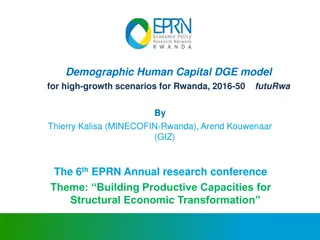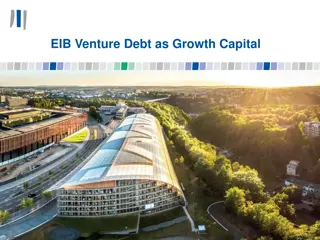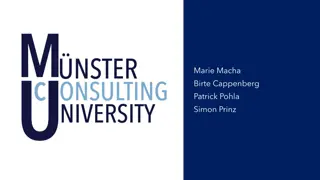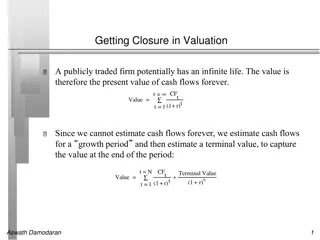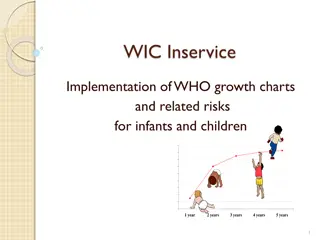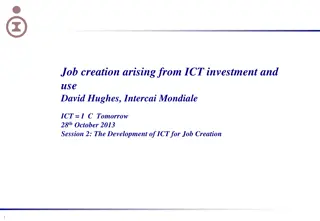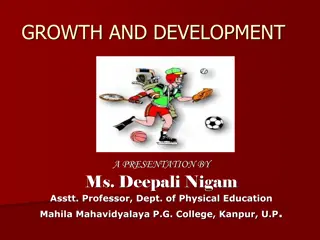
Exploring Techniques for Thin Film Growth in Material Science
Discover the various methods such as sputtering, atomic layer deposition (ALD), and more used in material science for thin film research. Learn about sputtering, its applications, and how ALD offers advantages in coating complex items while maintaining quality. Explore growth techniques like epitaxial growth for studying material properties and designing ultrathin devices.
Download Presentation

Please find below an Image/Link to download the presentation.
The content on the website is provided AS IS for your information and personal use only. It may not be sold, licensed, or shared on other websites without obtaining consent from the author. If you encounter any issues during the download, it is possible that the publisher has removed the file from their server.
You are allowed to download the files provided on this website for personal or commercial use, subject to the condition that they are used lawfully. All files are the property of their respective owners.
The content on the website is provided AS IS for your information and personal use only. It may not be sold, licensed, or shared on other websites without obtaining consent from the author.
E N D
Presentation Transcript
Many Ways to Make a Sample Do you know some?
Sputtering Sputtering is a term used to describe the mechanism in which atoms are ejected from the surface of a material when that surface is struck by sufficiency energetic particles Discovered in 1852 Most utilized for metals Very easy and quick Great for uneven surfaces Often for electron microscopy Lower crystalline quality
Sputtering There are different ways to give the collision material energy. High voltage shown here (common approach). Not always argon. The atomic weight of the gas should be close to the atomic weight of the target. Light elements: neon Heavy elements: krypton or xenon. vacuum Reactive gases can also be used.
See pages 247 249 in Holgate MO = metalorganic LA = laser assisted PE = plasma enhanced ALD PLD = pulsed laser deposition MBE = molecular beam epitaxy CVD = chemical vapor deposition ALD = atomic layer deposition Most common growth techniques in condensed matter physics
See pages 247 249 in Holgate ALD PLD = pulsed laser deposition MBE = molecular beam epitaxy CVD = chemical vapor deposition ALD = atomic layer deposition Most common growth techniques in condensed matter physics
Most of Thin Film Research Also stoichiometric and smooth! Ultimate goal: Epitaxial growth = growing a film with matched lattice parameter a to substrate lattice parameter Purpose: To study and/or manipulate material properties or design ultrathin devices
Atomic Layer Deposition (ALD) Nice video: https://youtu.be/HUsOMnV65jk An advantage of ALD is the ability to coat complex items while maintaining quality. More expensive and tricky than sputtering. More chemical involvment Generally, a trade off between ease and quality.
Great for semiconductors and topological insulators
Great for semiconductors and topological insulators
(or Laser) Rotating the target and/or substrate improves uniformity
Both MBE and PLD use RHEED to optimize (Reflection High Energy Electron Diffraction) Laser (often 248 nm) Substrate Electron Detector Electron Gun MBE Target(s) Laser Pulsed Laser Deposition (PLD)




